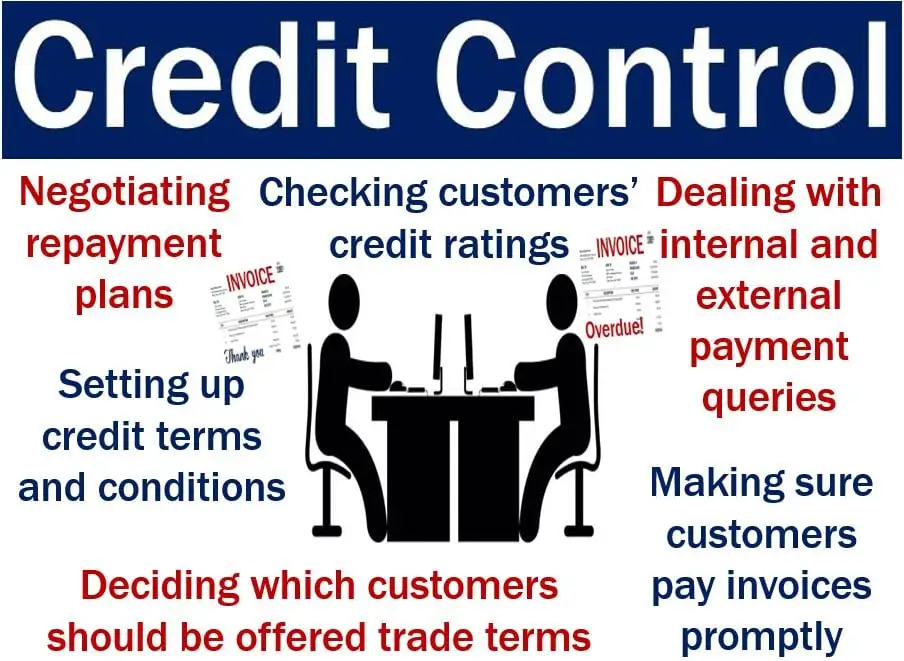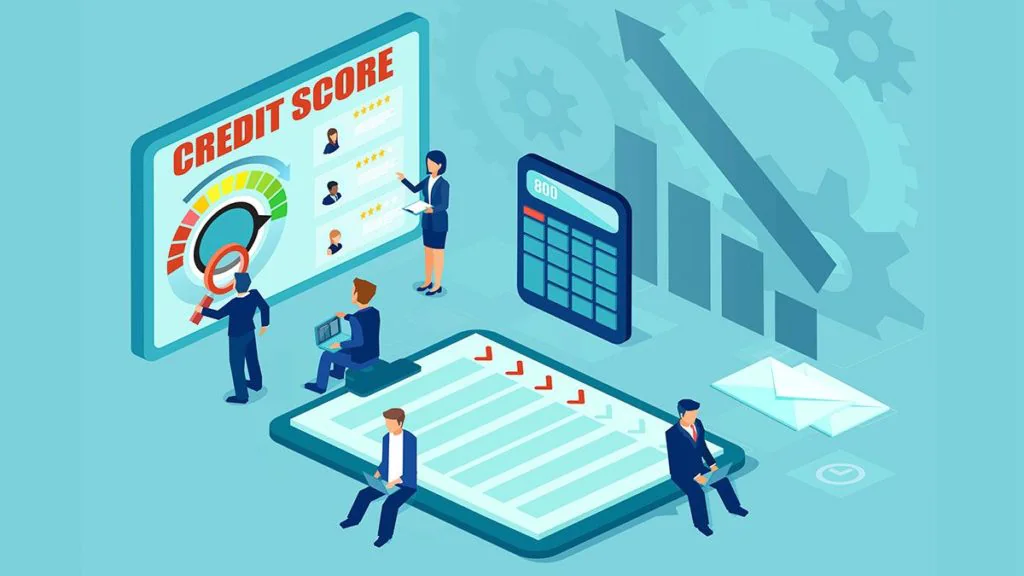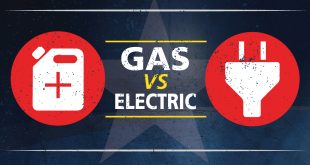Top-Level: Credit control, debt management, cash flow, financial management, creditworthiness
Longtail: Managing credit risk, credit policies, debt recovery strategies, late payment fees, debt collection, credit limits, debtor aging analysis
Header Outline:
I. Introduction
- Definition of credit control
- Importance of credit control for businesses
II. Credit Policies and Procedures
- Setting credit limits
- Conducting credit checks
- Implementing credit terms
- Enforcing late payment fees
III. Debt Recovery Strategies
- Communication with debtors
- Negotiating repayment plans
- Legal action and debt collection agencies
- Managing bad debt
IV. Cash Flow and Financial Management
- Cash flow forecasting
- Credit control and cash flow
- Reviewing financial statements
- Maintaining creditworthiness
V. Conclusion
- Recap of key takeaways
- Future considerations for credit control
Notes:
Credit control is an essential part of financial management for businesses. It involves managing credit risk, monitoring cash flow, and implementing policies and procedures to ensure the business maintains its creditworthiness. In this blog post, we will provide a comprehensive guide on credit control and how businesses can implement credit control strategies to manage their debt effectively.
Title Tags:
- The Ultimate Guide to Credit Control for Businesses
- Credit Control: How to Manage Your Business Debt
- Implementing Credit Control Strategies for Financial Stability
Meta Descriptions:
- Discover everything you need to know about credit control and how to effectively manage your business debt in our comprehensive guide. can help you implement credit control strategies for financial stability.
- Are you struggling with debt management? Our credit control experts can help you implement credit policies, debt recovery strategies, and cash flow management techniques to achieve financial stability.
- Take control of your business finances with our credit control strategies. Learn how to manage credit risk, maintain cash flow, and implement effective debt recovery strategies to improve your creditworthiness.
I. Introduction
Credit control is a vital aspect of financial management for businesses. It involves managing credit risk, monitoring cash flow, and implementing policies and procedures to ensure the business maintains its creditworthiness.
II. Credit Policies and Procedures
Setting Credit Limits: One of the first steps in credit control is to set credit limits for customers. This helps to manage credit risk and avoid the risk of non-payment or bad debt.
Conducting Credit Checks: It is essential to conduct credit checks on new customers to determine their creditworthiness. This helps to assess the level of risk involved in extending credit and helps to avoid the risk of non-payment or bad debt.
Implementing Credit Terms: Credit terms are the conditions under which a customer can purchase goods or services on credit. These terms should be clearly defined in writing and communicated to customers.
Enforcing Late Payment Fees: Late payment fees are a useful tool to encourage customers to pay on time. These fees should be clearly communicated to customers and enforced when necessary.
III. Debt Recovery Strategies
Communication with Debtors: Communication with debtors is critical in debt recovery. Businesses should maintain regular contact with debtors to keep them informed of their debt and to negotiate repayment plans.
Negotiating Repayment Plans: Negotiating repayment plans with debtors is an effective way to manage debt. Businesses should work with debtors to develop a repayment plan that is manageable for both parties.
Legal Action and Debt Collection Agencies: Legal action and debt collection agencies may be necessary for managing bad debt. Businesses should be aware of their legal options and work with reputable debt collection agencies to manage bad debt.
Conclusion
In conclusion, credit control is a crucial aspect of financial management for businesses. Effective credit control can help businesses manage credit risk, monitor cash flow, and maintain their creditworthiness. By implementing credit policies and procedures, debt recovery strategies, and cash flow management techniques, businesses can achieve financial stability and avoid the risk of non-payment or bad debt. It is essential to regularly review credit control strategies to ensure they are effective and to make any necessary adjustments. With proper credit control in place, businesses can achieve financial success and mitigate the risks associated with credit management.
FAQs about Credit Control
- What is credit control?
Credit control refers to the process of managing credit risk and monitoring cash flow to ensure a business maintains its creditworthiness. It involves implementing policies and procedures to manage debt and avoid the risk of non-payment or bad debt.
- Why is credit control important for businesses?
Credit control is important for businesses because it helps them manage credit risk, monitor cash flow, and maintain their creditworthiness. Effective credit control strategies can help businesses avoid the risk of non-payment or bad debt and achieve financial stability.
- What are some credit policies and procedures businesses can implement?
Businesses can implement a range of credit policies and procedures, including setting credit limits, conducting credit checks, implementing credit terms, and enforcing late payment fees.
- How can businesses manage bad debt?
Businesses can manage bad debt by maintaining regular communication with debtors, negotiating repayment plans, and working with reputable debt collection agencies. Legal action may also be necessary in some cases.
- How often should businesses review their credit control strategies?
Businesses should review their credit control strategies regularly to ensure they are effective and to make any necessary adjustments. Regular reviews can help businesses stay on top of credit risk and maintain their creditworthiness.
 Katha Ankahee Watch All Episodes Free Video
Katha Ankahee Watch All Episodes Free Video





